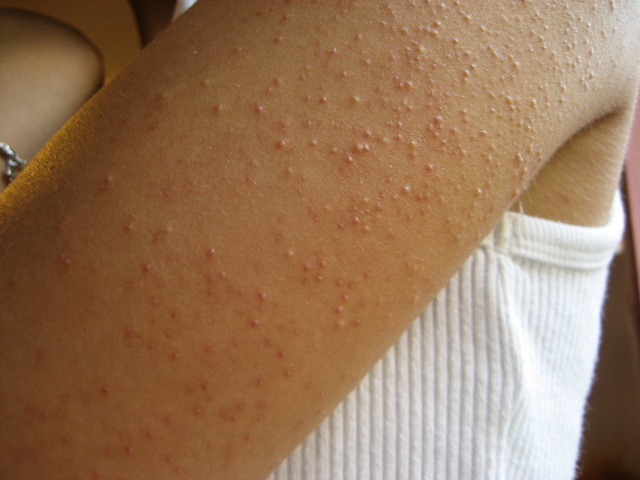roller
wiggle jiggle
- Messages
- 775
Hi everyone,
Shortly after taking Doxycycline more and more white specks appeared on the skin.
Less than two weeks into it, one morning a white patch (3-4 centimeter dia, really quite a circle) appeared on my upper wrist, seemingly consisting of these crumbs.
Does anyone know what crumbs come out of the skin?
It is soft roundish stuff, not even 0.5mm in diameter
(I'm have not been tested for MS/Lyme etc.)
Shortly after taking Doxycycline more and more white specks appeared on the skin.
Less than two weeks into it, one morning a white patch (3-4 centimeter dia, really quite a circle) appeared on my upper wrist, seemingly consisting of these crumbs.
Does anyone know what crumbs come out of the skin?
It is soft roundish stuff, not even 0.5mm in diameter
(I'm have not been tested for MS/Lyme etc.)
Last edited:

